|
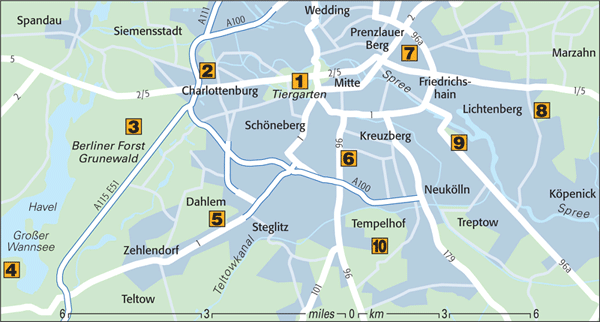
Großer Tiergarten Tiergarten
– the green lungs of Berlin – is the most famous park in the city. It
covers an area of 203 ha (500 acres) and is situated right in the centre
of town. Originally designed, in 1833–40, by Peter Joseph Lenné as a
hunting estate for the Elector, in the latter half of the 19th century
the park became a recreation ground for all Berliners. Today it attracts
a happy crowd of cyclists, joggers, sun-bathers and Turkish families
having barbecues, especially at weekends. Tiergarten
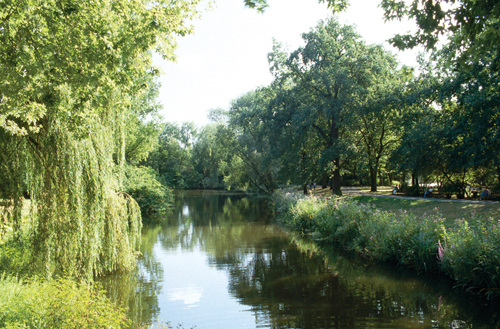
Neuer See
Schlosspark Charlottenburg The
Palace Park is one of the most attractive and charming green spaces in
Germany. Immediately behind Schloss Charlottenburg is a small but
magnificent Baroque garden, and beyond this extends a vast park, dating
back to the early 19th century. It was landscaped in the English style
and boasts artificial lake and river landscapes, small hidden buildings
and idyllic shaded groves on the banks of ponds and streams. The park is
ideally suited for strolling, and it is also a favourite place for
sunseekers .
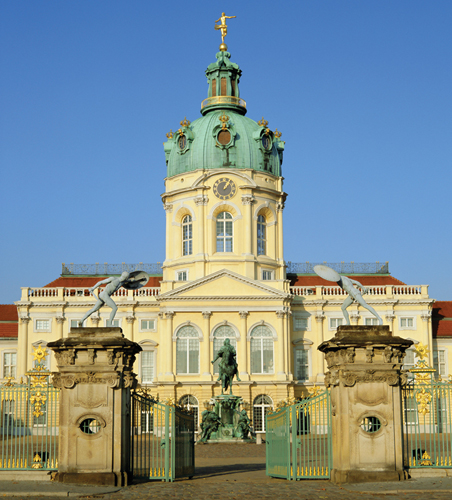
Schlosspark Charlottenburg
Grunewald and Teufelsberg The
Grunewald, or “green forest” as the public woods in the southwest of
Berlin were known originally, is the least built-up area of woodland in
the city. Parts of Grunewald are very quiet and isolated indeed, and
there are even wild boar in the woods – which can be a nuisance to
people who have gardens in the nearby district of Zehlendorf. Grunewald
is excellent for hiking and horse-riding.
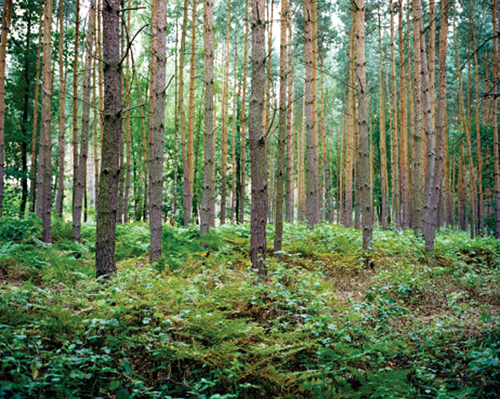
Pfaueninsel Peacock
Island, an island in the middle of Wannsee that can be reached only by
ferry, is probably the most romantic spot in Berlin. In the 19th
century, the island served as a love nest for King Friedrich Wilhelm II.
His charming folly of a palace ruin was in keeping with the tastes of
the time. Today dozens of proud peacocks live in the area around the
building .
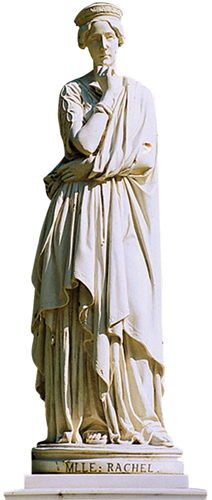
Statue of Luise on Pfaueninsel
Botanischer Garten The
19th-century Botanical Garden is a paradise of flowers and plants in
the centre of town. The vast area with 15 greenhouses was built in the
late 19th century around gentle hills and picturesque ponds. In the
Great Palm House by Alfred Koerner you can see spectacular orchids and
giant Victoria water lilies, reaching a diameter of over 2 m (6 ft). The
museum introduces visitors to the world of microbiology. Unter den Eichen 5–10 (garden), Königin-Luise-Str. 6 (museum) 9am to sunset daily (garden); 10am–6pm daily (museum) 030 83 85 01 00 Admission charge
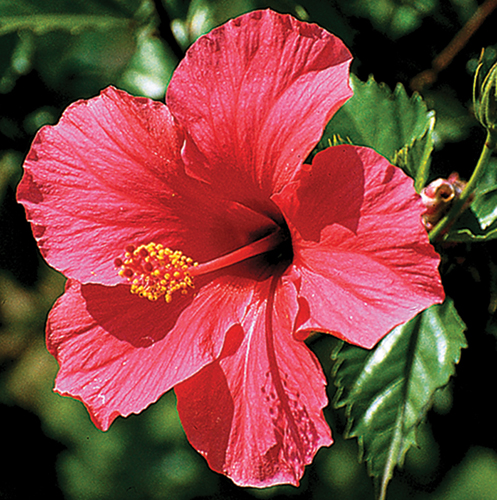
Flowering hibiscus in Botanischer Garten
Viktoriapark and Kreuzberg The
old municipal park, originally designed in 1888–94 as a recreation area
for local workers, is today one of Berlin’s most popular green spaces.
The meadows around Kreuzberg, which rises to 30 m (98 ft), are great for
sunbathing. On top of the mountain, a monument recalls the Prussian
Wars of Liberation.
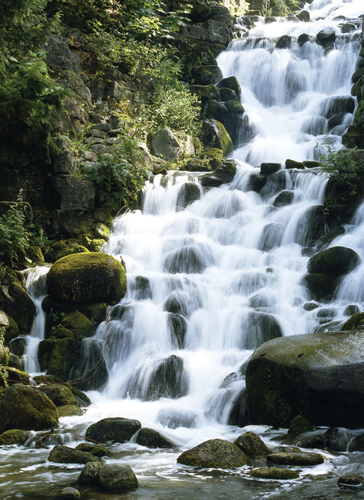
Volkspark Friedrichshain The
oldest park in Berlin (1840) is an artificial landscape of lakes and
meadows and two wooded heaps of rubble, one of which is jokingly called
“Mount Klamott”, meaning Mount Rubble. There is also a fountain with
statues of the most popular fairy tale characters.
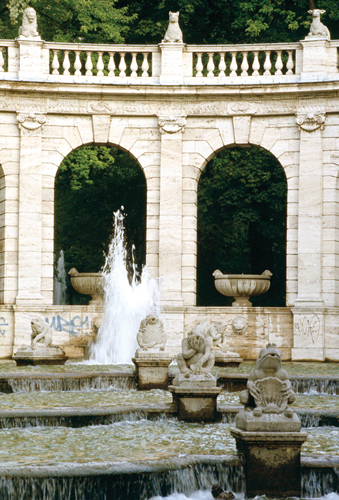
Tierpark Friedrichsfelde This
second, larger zoo is situated in the idyllic palace park of
Friedrichsfelde. Some 950 animal species live in the park; the elephants
are particularly worth seeing .
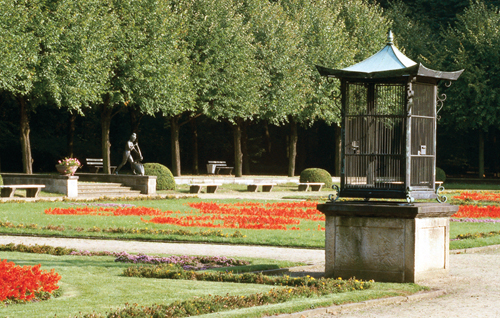
Treptower Park The
19th-century landscape garden on the banks of the Spree has become
famous for the Soviet Memorial, which stands next to the graves of 5,000
Red Army soldiers .
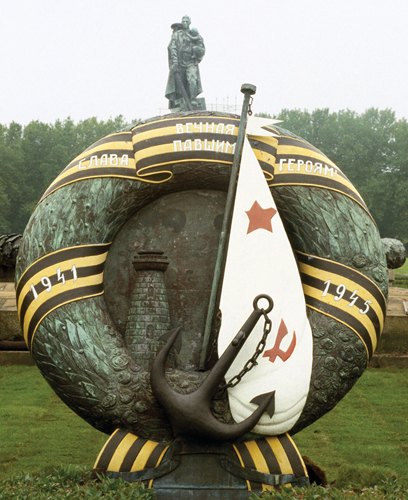
Britzer Schloss and Park The
Palace in Britz, dating from 1706, has been furnished with historical
furniture from the Gründerzeit (after 1871). It is situated in a lovely
park.
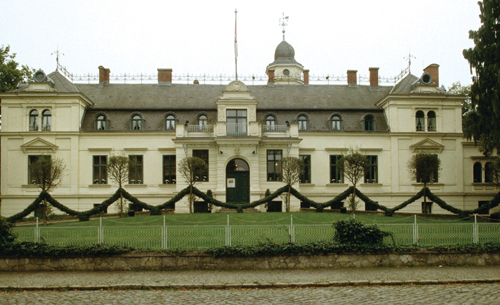
Britzer Schloss and Park
|